Inside the world of beauty dupes where copycats gain global cult followings
Welcome to the world of beauty dupes, where copycat products piggybacking off high-end brands have garnered global cult followings in the millions.

Beauty
Don't miss out on the headlines from Beauty. Followed categories will be added to My News.
Welcome to the world of beauty dupes where copycat products imitating high-end brands have garnered global cult followings in the tens of millions thanks to influencers on social media singing their praises.
According to Mintel research, 74 per cent of makeup users agreed that affordable makeup products worked just as well as premium brands, with most users favouring beauty dupes.
A beauty dupe is classified as a product which could be taken as a “duplicate” of a higher-end product for a cheaper price.
The research also found a third of makeup consumers aged between 18 and 35-years old had purchased a dupe product because of something they saw on social media.
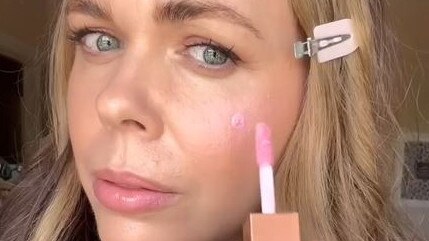
Mintel senior beauty and personal care analyst Joan Li said in today’s cost-conscious environment, value is everything.
Ms Li said social media plays a big role in the way consumer-savvy makeup users look for affordable products.
“This is especially true among younger consumer groups, which are more likely to be influenced by and take inspiration from social media,” she said.
But for small business owners who invest significant amounts of time and money to create unique products, beauty dupes could take a devastating toll.
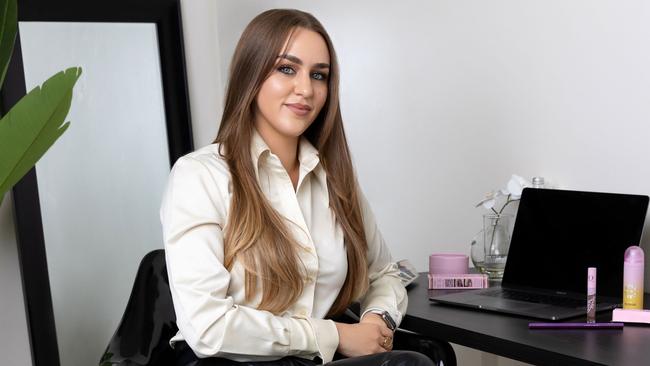
Australian Quick Flick founder Iris Smit found success when she was 22-years old developing the world’s first winged eyeliner stamp.
It went viral as soon as it hit the market.
But before the success, Ms Smit had heavily invested in her design through product development, research and patenting her idea.
When the product “took off” she went through the process of filing an innovation patent in Australia to protect the innovative design elements, after she had initially lodged a provisional patent in the US to test the waters for 12 months.
“It essentially allows a business to see if there is any validity in their design and whether they actually want to go through fully protecting that particular design,” she said.
“It required significant investment.”

After she appeared on Shark Tank the product went viral with hundreds of beauty influencers using it and about 40 million Instagram users sharing the product.
“It blew up essentially,” she said.
“With vitality and success came copycats, people wanting to ride your wave of success.
“Very quickly, mere months after, copycats started to pop up.
“Those copycats were a direct infringement they were identical to the design that was protected under the innovation patent.”
In order for brands to get away with infringing on a patent their “copycat” product only had to be tweaked by 10 per cent to avoid legal action from the patent holder.
Ms Smit said some brands hired lawyers to advise them on how a product could be tweaked so they did not infringe on a patent.
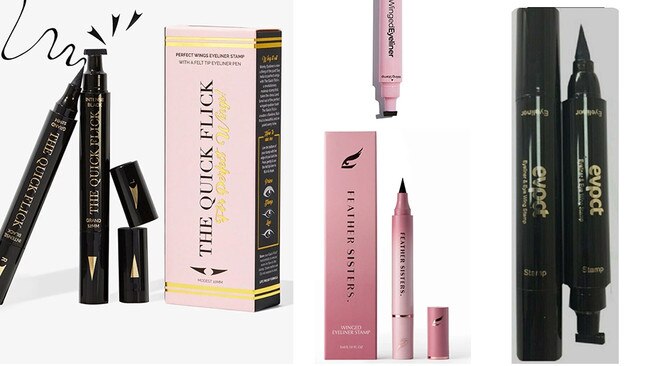
“And that is what they did, they launched products that looked very similar,” she said.
“To someone who did not understand intellectual property law or was not super into beauty they would think it was the same product.
“But they are tweaked in such a way that copycat brands just walk that line and get away with it.”
Ms Smit said the copycat products took a toll on her in a number of ways – financially, emotionally and on her business’ reputation.
Some people bought the copycat product thinking they had purchased the Quick Flick, then would provide negative feedback, that they weren’t happy with the quality because it did not work.
“We would ask them to send us a picture, and when they sent us a picture it wasn’t our product,” Ms Smit said.
“I also had influencers using what they thought was the Quick Flick in their videos, again giving it bad reviews and when you zoom in you could see it wasn’t our logo.
“It has an impact in that way when consumers mistake the dupe quality with the original product’s quality.”
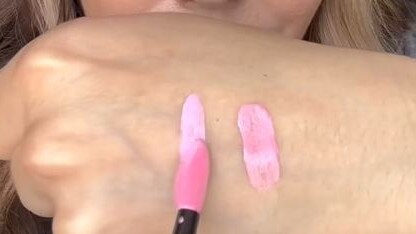
Ms Smit said initially it was incredibly emotional and draining.
“I was absolutely heartbroken when it first happened,” she said.
“It had such an emotional toll on me, also the time and effort that went into trying to educate consumers that there were copycats out there.
“I had to mitigate issues with people who purchased inferior products.
“It actually took away time and energy that would be better spent on your brand, building your brand and creating more innovative products.
“It is kind of the opportunity lost that comes with having to deal with these copycat products.”
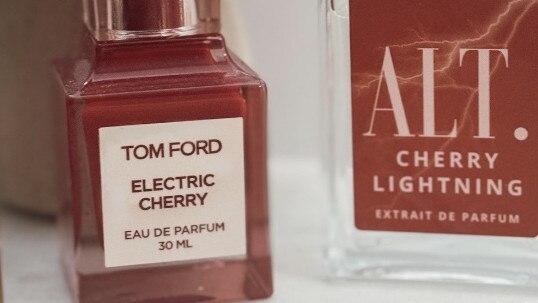
Dr Sarah Hook is a lecturer at the University of Western Sydney School of Law, and an expert on intellectual property.
She said apart from Quick Flick, it was mostly high end brands that were being duped by other companies.
“Unless you are doing something innovative or new there is very little you can do to protect your products from being copied in the industry, it is just the way things work,” she said.
“It is just like the fashion industry, you can walk down a runway and suddenly it’s on Shein and those places.
“This happens in everything, if you come out with a new dishwashing detergent suddenly they are everywhere for a lot cheaper, it is just part of industry.”

Dr Hook said the other issue was that people had the wrong idea about protection with trademarks and patents.
“It’s not enough to just register a trademark or a patent, they are not these autonomous things that work by themselves that people will always respect, you have to be able to willing to fight them.”
She said in the case of Quick Flick, because of the patent there were probably a few products that could be legally pursued, but you needed the money to litigate against them.
“There is no point getting a patent unless you have the money to protect it,” she said.
“Trademarks are a bit easier because it is not as expensive to go after a trademark, normally a cease-and-desist letter was enough.
“You can get quite high penalties, you can get costs and those kind of things and you do not need specialised knowledge.
“For patent litigation you need to get in experts, which are normally chemists and those experts cost a lot of money.
“Trademark infringement, any lawyer can do that.”
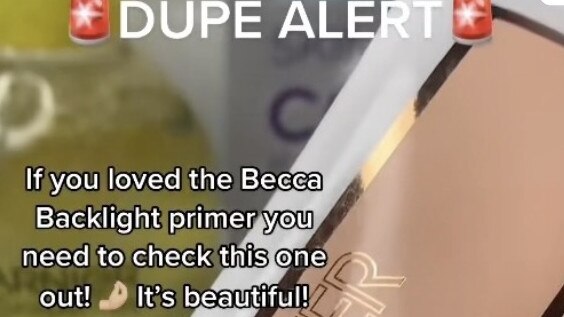
Dr Hook said a dupe company sometimes risked going close to the line if they thought they could get away with it, and others would product from the shelves if it wasn’t worth fighting.
“All of these are business decisions not legal decisions about whether they are right or wrong,” she said.
“Barely would it get to court for a judge to make those comparisons.
“Even then judges would be looking at the benefits to consumers and if the consumer was being misled rather than if it was bad for their business.”
With so many of the businesses being ‘duped’, Dr Hook said it is much harder to litigate and find.
“You are always going be competing against Amazon having cheap makeup from overseas, but it is probably not the market you are after anyway,” she said.
“You want people who like your brand and are going to be loyal and if you get a social media following that probably does more than attacking all these other competitors.
“There is not much innovation in makeup everyone is doing the same thing basically anyway, competition is just part of that.”
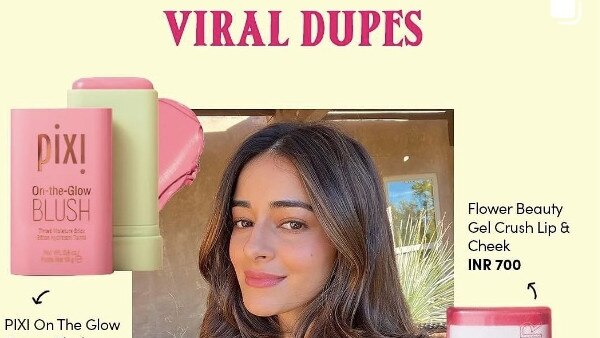
Dr Hook said whether or not companies which purposely created beauty dupes were ethical or moral, there were a lot of people who would not be able to afford makeup if it wasn’t for brands like that out there.
“It is the advertising that people are making sure they are not setting themselves up as dupes,” she said.
“The dupes mostly come from social media influencers saying this product is like this product, rather than the product themselves saying they are like that.
“You can do comparative advertising that is allowed within the law, it is not like the products themselves are setting out to destroy another company.
“They might be copying them but sometimes they are not even copying them they are just doing a similar thing.
“There are people out there really against dupes, and there are people who are really for it.”
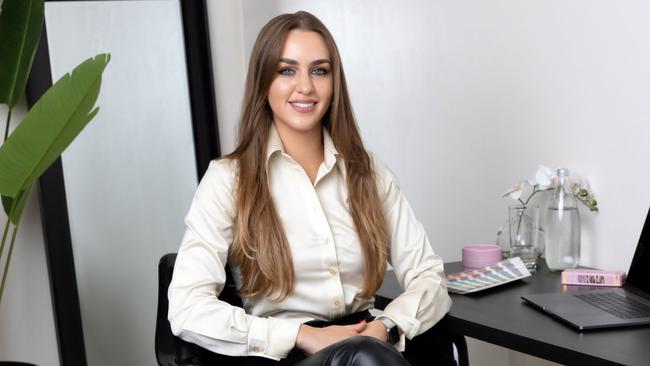
But for Ms Smit, there was a huge difference between people finding affordable alternatives and dupes.
“Where the line is different is where dupe brands intentionally try to create a product that is like another successful product,” she said.
“They see a product that is successful in the market, that has gone viral and is incredibly popular with consumers, and they intentionally go and hire a lawyer and say how can we intentionally create a direct replica but just tweak it ever so slightly that we can legally get away with it.
“They copy the same packaging components, they copy the same style working, text layouts, colours but again just tweak it ever so slightly that they get away with it.
“That is where the issue is, where they are actually piggybacking off another brands hard work, years of product development, and investment in marketing.
“As a small-business owner you put everything on the line. You put in your lifesavings, we remortgage our homes to make a product successful.
“For a larger company to come along and intentionally piggyback off all of that, and almost discount it is completely unfair.”
Originally published as Inside the world of beauty dupes where copycats gain global cult followings


